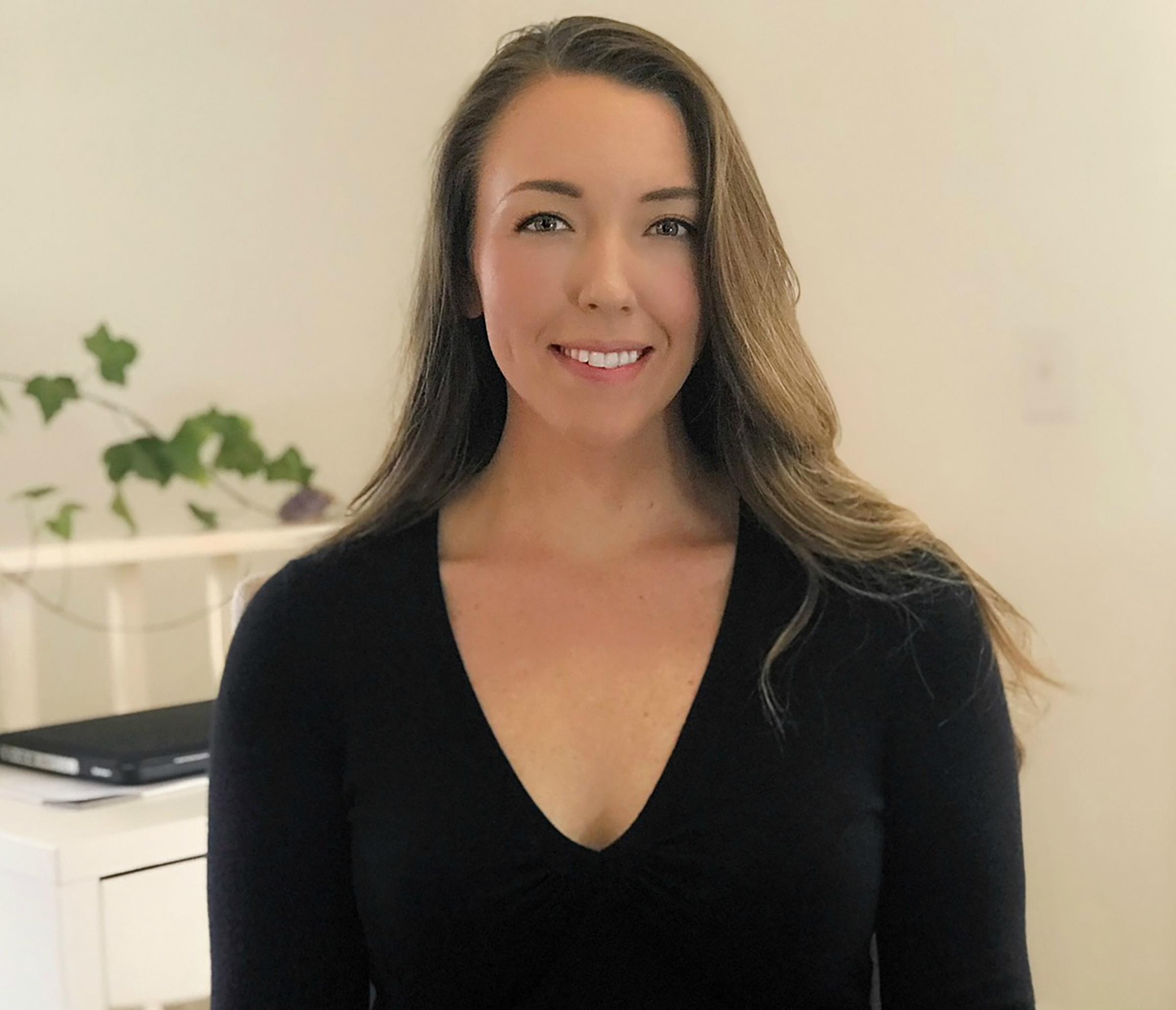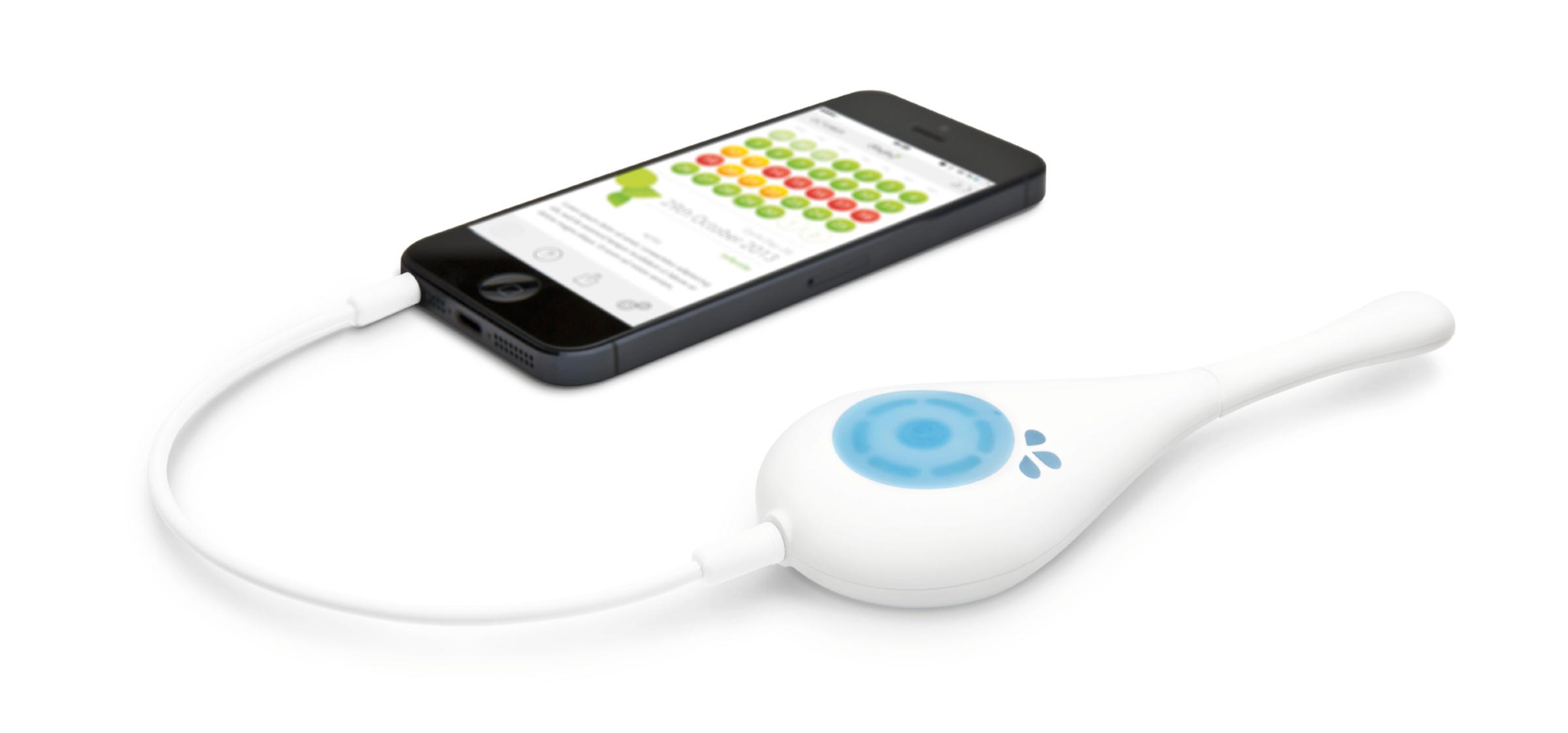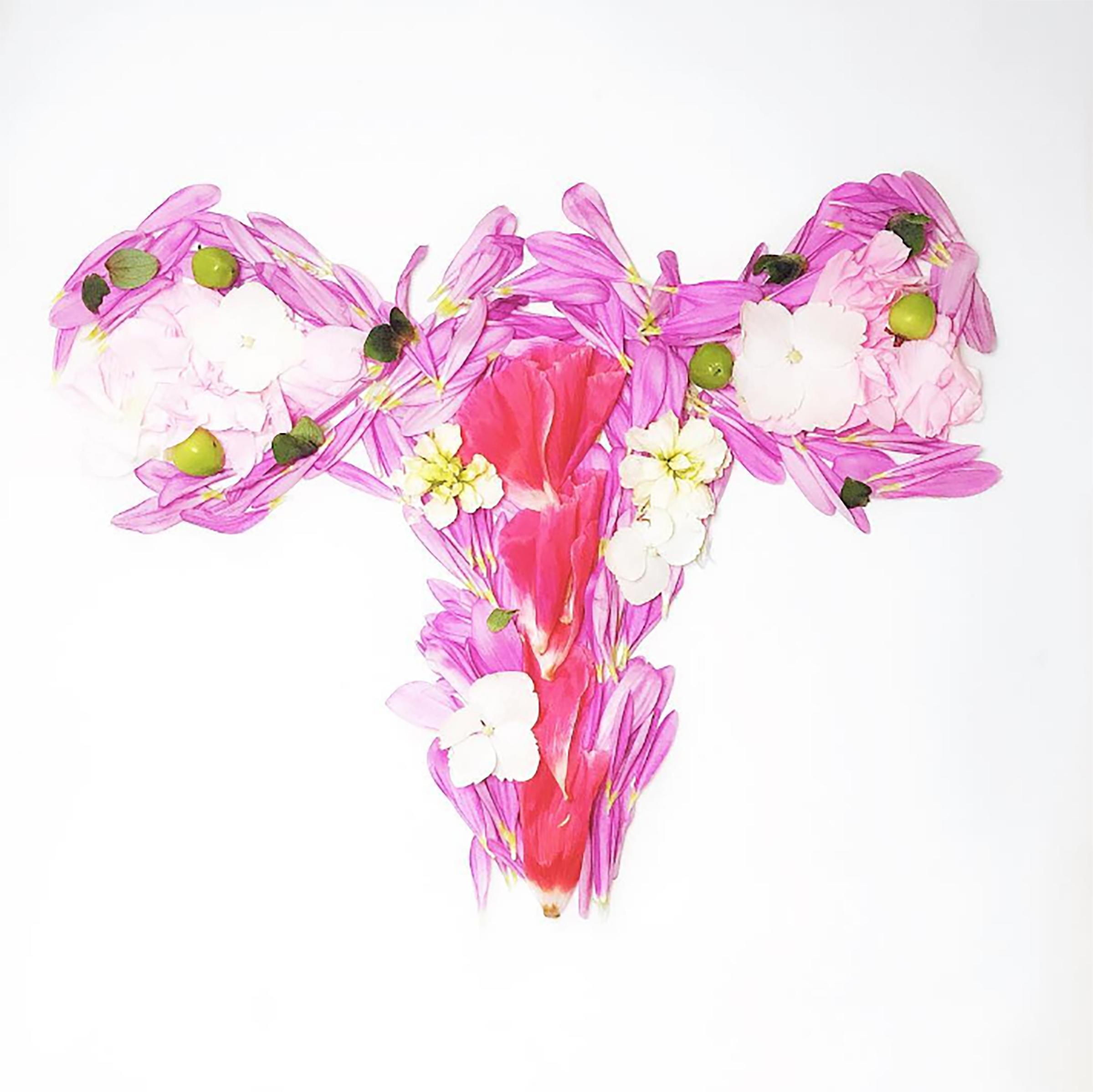By the time Jackie Blume was in her early 20s, like many women her age, she’d been taking the Pill every day for nearly a decade.
When she was 23, Blume — now 28 and living in Wilmington, North Carolina — started embracing a more “natural” lifestyle, which for her meant paying attention to what she ate, and avoiding cleaning products, cosmetics, and shampoos that contained certain ingredients.
“I wanted to cut things out of my life that were putting unnecessary chemicals in my body,” says Blume. “It led me to question whether my birth control pills were harming me.” While researching other birth control options, Blume read about fertility awareness, a method in which women measure and chart fertility signs like basal body temperature (your temperature when you wake up) and cervical fluid to determine when they’re fertile, then avoid sex or use condoms on fertile days. Now it’s the only method Blume’s used for the last five years, with success.
Blume, who works part-time as a natural birth control coach, is part of a small but growing group of women who are forgoing pills and devices to avoid pregnancy by simply tracking their fertility. It’s a method currently endorsed by the Trump administration, which wants to turn Title X, a nearly 50-year-old program that provides access to birth control methods to low-income women, into a program with an emphasis on the fertility awareness method (FAM) or natural family planning (NFP), which is considered one of the least effective contraception methods. But on Friday, fertility awareness gained more legitimacy in the U.S. when a popular fertility-tracking app, Natural Cycles, was cleared for marketing as a contraceptive by the U.S. Food and Drug Administration (FDA). The app claims to be 93% effective — although some controversy surrounds that claim — and was certified as a contraceptive in the European Union last year. It’s the first time an app has been approved as a contraceptive in the U.S.

The number of apps that give women the tools to track their fertility is growing exponentially, and many make grand claims of effectiveness and ease. Today there are nearly 100 fertility apps on the market, including Ovia, Glow and Kindara. But most are marketed as period trackers, or tools to help women who want to become pregnant.
Currently, only about 3% of women who use contraceptives use some form of fertility awareness, with or without other methods, but that number is still growing. A 2017 study published in the journal Contraception, reported that “natural family planning” and the withdrawal method both increased by over 50% from 2008 to 2014. More women are also turning to long-lasting reversible contraceptives like IUDs.
Health experts and even some ardent fertility awareness fans are skeptical that apps can actually make the fertility awareness method more effective. Instead they’re encouraging women to either measure more fertility signs than the apps call for, or use additional birth control methods like withdrawal or condoms if they really don’t want to use more proven options.
“We can try to convince people that [fertility awareness apps] are not as effective as other methods,” says Bill Albert, the program director of Power to Decide, the campaign to prevent unplanned pregnancy, “or we can try to meet [them] where they are.”
"He didn’t know a woman could know when she’s fertile, but he trusted my judgment and knows I am not ready for another child yet."
The women who choose to use the fertility awareness method do it for diverse reasons. After using the Depo-Provera hormonal injection for four years without side effects, Tameka Carter, 24, of Pittsburgh, switched to an IUD after the birth of her first child and experienced nausea, severe cramps, fatigue and painful sex that ultimately turned her off hormonal methods for good. Today she employs the symptothermal fertility awareness method, which means she measures both her basal temperature and cervical fluid each day. She uses the Kindara app to track those signs, but says she doesn’t rely on any of the predictions the app makes about when she will be fertile.
Carter has now been using fertility awareness for one year, and says it took some time for the man she’s dating to come around. “He was a little skeptical at first because like most people, he didn’t know women are only fertile a few days each cycle,” she says. “He also didn’t know a woman could know when she’s fertile, but he trusted my judgment and knows I am not ready for another child yet. After using the method for six months with no pregnancy scares, he stopped being skeptical.”
In San Antonio, Texas, Samantha Baer, 28, also uses the symptothermal fertility awareness method and sometimes the Marquette method, where in addition to temperature and fluid checks she also uses an electronic hormonal fertility monitor to measure hormones in her urine. Though she also doesn’t rely solely on apps, she uses Kindara and the Fertility Friend app for tracking support.
Baer is Catholic, and says her mother used a version of natural family planning when she was growing up. Baer always knew fertility awareness was the contraception method she would use, and today she and her husband have four children. “Being Catholic our attitude towards pregnancy is different then most,” says Baer, who participates in a Facebook group called Fertility Awareness Method of Birth Control with Carter and other women. (The group now has over 18,000 members.) “We have no surprise pregnancies, we knew we were fertile each time we conceived.”
“A lot of apps make claims that are not tested... I don’t think women realize that.”
It’s hard to say how effective fertility awareness actually is, because there are several different methods of measuring and analyzing your own fertility. The U.S. Centers for Disease Control and Prevention (CDC) says the typical use failure rate of natural family planning or fertility awareness methods is 24%, but that rate includes people who use the rhythm method, which is one of the most commonly used fertility awareness methods and one of the least effective. It’s also the basis of many of the fertility apps on the market.
The rhythm method assumes that a woman’s past cycles will predict future cycles. The problem is women don’t necessarily ovulate on the same day of each cycle and women are often irregular. Other methods, like the Sensiplan method or Marquette method that ask women to take multiple measurements each day, including cervical fluid and cervix position — for example, by inserting a finger inside the vagina to feel vaginal discharge and cervix location — may differ in effectiveness, but there remains a lack of rigorous long-term clinical trials to test them.
In 2016, a paper published in the Journal of the American Board of Family Medicine looked at popular fertility apps on the market and argued that “the majority of fertility apps are neither designed for avoiding pregnancy nor founded on evidence-based fertility awareness based-methods.” Among the 95 apps that were reviewed, 55 had to be eliminated from the study because they did not actually rely on an evidence-based method to pinpoint a woman’s fertile window.
For Blume, fertility or period tracking apps that only require women to input when they got their period, or even just their temperature, are not very effective and should be avoided. “You are leaving out a huge segment of the method when you are only taking the temperature and you’re introducing more room for error,” she says.

Chelsea Polis, who holds an associate appointment in the Department of Epidemiology at the Johns Hopkins Bloomberg School of Public Health, studies fertility awareness methods and agrees some methods are likely more effective than others, but that there haven’t been enough studies to really know for certain. Some companies’ claims can be misleading, too, she says.
In a new study, published Aug. 8 in the journal Obstetrics and Gynecology, Polis and other researchers analyzed the literature behind commonly used fertility awareness methods and found that none of the methods had high quality research to back them up, but some methods, like the Marquette method, had moderate evidence of their efficacy and may be more effective than other approaches. Dr. Rachel Peragallo Urrutia, the lead author of the study and an assistant professor of obstetrics and gynecology at the University of North Carolina, agrees more rigorous research of fertility awareness methods and associated apps are needed. “A lot of apps make claims that are not tested,” she says. “I don’t think women realize that.”
“Think about, if you do get pregnant, what’s going to happen?”
Natural Cycles, which is based in Stockholm, conducted a prospective, observational study of over 4,000 women using their app. This resulted in their 93% efficacy claim, and ultimately won them regulatory approval in the E.U. and U.S. “There’s no one-size-fits-all when it comes to contraception,” says founder Raoul Scherwitzl who founded the company with his wife Elina Berglund. “Women have different needs and priorities change throughout her life. For women seeking an effective and natural method, Natural Cycles can provide that.”
Women using Natural Cycles take their temperature each morning with a basal thermometer and enter it into the app, which inputs other factors like sperm survival and cycle irregularities. It then lets women know if they’re having a red day and need to use protection or abstain from sex, or if it’s a green day. Some doctors I spoke to thought the research behind Natural Cycles was promising, though they still hoped women would consider additional methods of birth control.
In January, a hospital in Stockholm reported that 37 out of 668 women seeking abortions from September to December 2017 said they were using Natural Cycles as their primary birth control method. The Swedish Medical Products Agency is currently investigating the reports, though the company argues that such numbers still fit within their predicted efficacy rate and that the number of pregnancies reported with Natural Cycles has consistently remained within the expected threshold.
Some fertility awareness apps reject the notion that if they can predict a fertile window, they can also be used to prevent pregnancy. Clue, an especially popular app with 10 million active users in 200 countries, markets itself as a period tracker that helps women discover unique patterns in their menstrual cycle. The company says it’s not meant to work as birth control. “Clue is not — and has never presented itself as — a contraceptive,” the company wrote in a statement sent to TIME. “While we support innovation in reproductive health technology, we disagree with the scientific interpretations currently used by apps which position themselves as contraceptives.”
Dr. Mary Jane Minkin, a clinical professor of obstetrics, gynecology and reproductive sciences at Yale School of Medicine, concurs. “I think the apps [that make birth control claims] are quasi technology looking for a purpose,” she says. “Why would you do this? If you don’t want to use hormones, ok, but what about the copper IUD that’s 99% reliable?”
Minkin says women who are using fertility apps as birth control should be open to the possibility of getting pregnant. “Think about, if you do get pregnant, what’s going to happen?” she says. “If you’re planning to get pregnant next year, but it wouldn’t be a problem if it happened now, no problem.”
“We have no surprise pregnancies, we knew we were fertile each time we conceived.”
What many agree can ultimately be gained from the expanding market of fertility awareness apps is a better understanding of the female body. Among the 10 women I spoke to who use fertility awareness in some form, almost all of them said they knew next to nothing about their cycle before they started, including the fact that they even have a fertile window. “We are not taught about our fertility cycle,” says Holly Grigg-Spall, 35, author of the book Sweetening the Pill. “We are told we can get pregnant at any time, and it’s just a matter of degree of risk.”
Some women find gaining literacy in their own body mechanics to be empowering. “Before practicing [fertility awareness] I knew nothing about my menstrual cycle,” Carter says. “It was mind-blowing.”

As part of her natural birth control coaching, Blume regularly posts how-to videos on her Instagram feed that answer questions such as, “What happens to your temperature after you ovulate and why?” and “Do you know how to identify your Peak Day?” She intersperses the videos with inspiring quotes like, “Your birth control, your choice” and images of flower petals in the shape of a uterus or thermometers lying neatly next to a mug of coffee or tea.
Although some of the effectiveness rates she shares lack scientific backing, Blume plans to continue using fertility awareness long term, and hopes Natural Cycles’s FDA approval spurs more women to research fertility awareness. “I think every woman should at least learn about FAM,” she says. “I couldn’t believe I hadn’t learned about it earlier.”
On this, Polis agrees: women should do plenty of research on their chosen form of birth control. “There are many misconceptions about fertility awareness based methods,” she says. “I think the contraceptive field needs to step up to help people understand what available data say, so they can make informed decisions in choosing a method that best fits their own needs.”
More Must-Reads from TIME
- Caitlin Clark Is TIME's 2024 Athlete of the Year
- Where Trump 2.0 Will Differ From 1.0
- Is Intermittent Fasting Good or Bad for You?
- The 100 Must-Read Books of 2024
- Column: If Optimism Feels Ridiculous Now, Try Hope
- The Future of Climate Action Is Trade Policy
- FX’s Say Nothing Is the Must-Watch Political Thriller of 2024
- Merle Bombardieri Is Helping People Make the Baby Decision
Contact us at letters@time.com